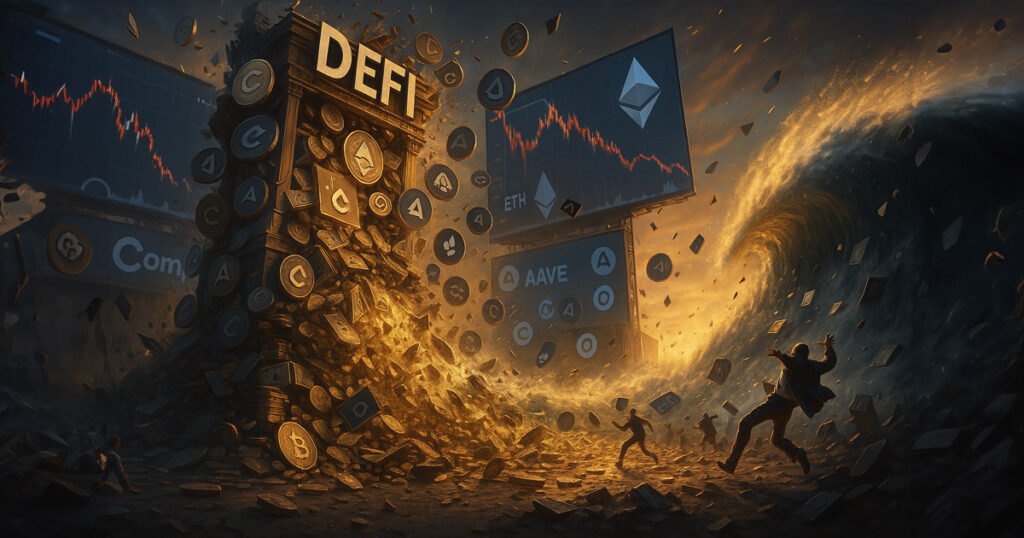DeFi has evolved into a complex ecosystem of lending markets, stablecoin ecosystems, and liquidity pools, boasting around $88 billion in total value locked. However, this growth also brings new risks that require expertise to navigate effectively. The market is fragmented, with various DeFi protocols across different chains, some with a strong track record and user base, while others have more novel designs. This complexity highlights the need for a robust risk management framework to mitigate common economic risks. Several major risk events, such as sudden liquidity crunches, stablecoin depegs, and cascading liquidations, can occur in the DeFi market, emphasizing the importance of continuous and in-depth risk monitoring.
Aave, one of the largest DeFi money markets, serves as a key protocol to monitor potential risks in the market. High-risk loan alerts on Aave can be categorized based on health factors, indicating loans at high risk of liquidation when approaching the liquidation threshold. Monitoring the amount of high-risk loans is essential to prevent liquidations and cascading effects due to extreme price movements. Tools like IntoTheBlock’s risk Pulse can help automatically spot these conditions, providing insights into potential risks in the market. Additionally, monitoring liquidity flows on Aave, such as large movements of assets into or out of the protocol, can signal risk conditions. Peaks in liquidity outflows may indicate market volatility or concerns among investors, affecting liquidity and interest rates in the protocol.
Curve, another leading DeFi protocol, plays a crucial role in stablecoin liquidity. Risk monitoring on Curve focuses on peg stability and market depth to ensure assets in the pool maintain their expected value and there is sufficient liquidity on each side. Depeg risks can arise when tokens in Curve pools drift from their intended peg, impacting LPs and causing pool imbalances. Early alerts can help LPs mitigate risks by identifying price divergences and potential pool imbalances. Monitoring liquidity depth in Curve pools is essential to assess slippage and the ability to swap assets. Sudden shifts in pool liquidity, caused by market events or large withdrawals, can expose LPs to increased risk, requiring real-time alerts to manage and stabilize pool liquidity.
Whale concentration, where large players control significant positions in DeFi protocols, poses a risk to market stability. On-chain analytics can identify pools where a few addresses dominate the liquidity, signaling potential fragility in the market. Whale behavior can move markets or distort liquidity, posing risks to other participants. Monitoring and managing whale concentration risks are crucial for funds managing liquidity on DeFi protocols like Aave and Curve. By staying informed about potential risks and implementing robust risk management strategies, investors can navigate the complexities and volatility of the DeFi market effectively.

















